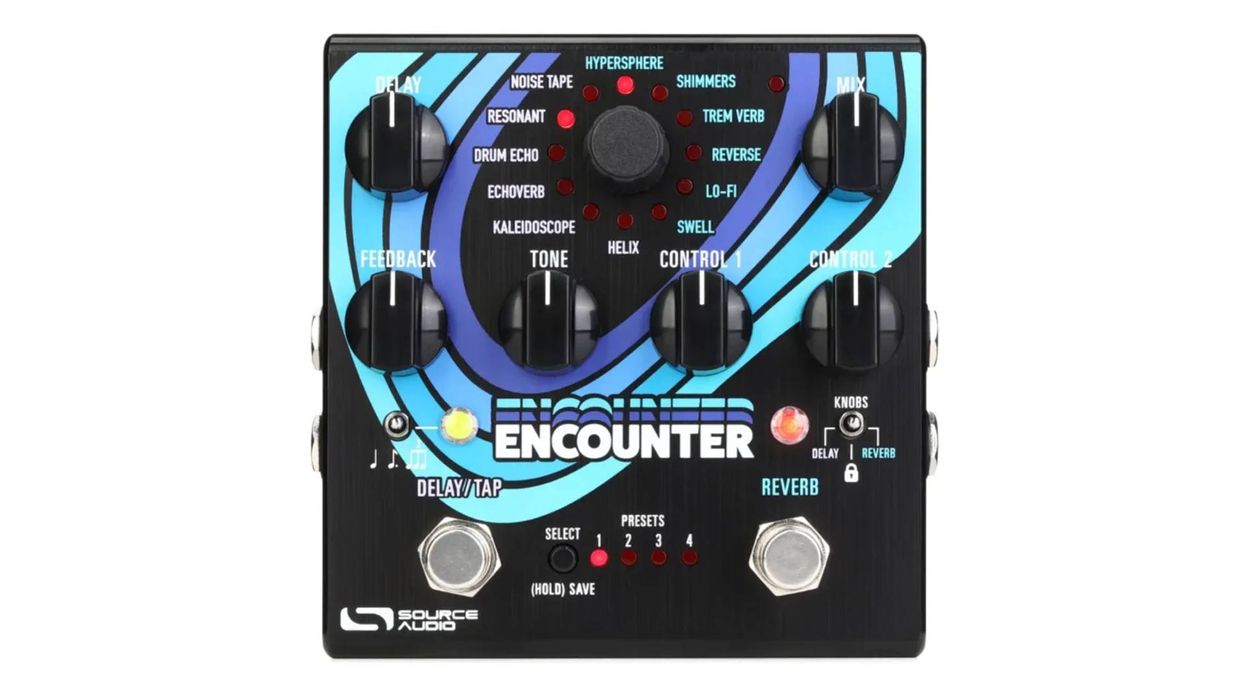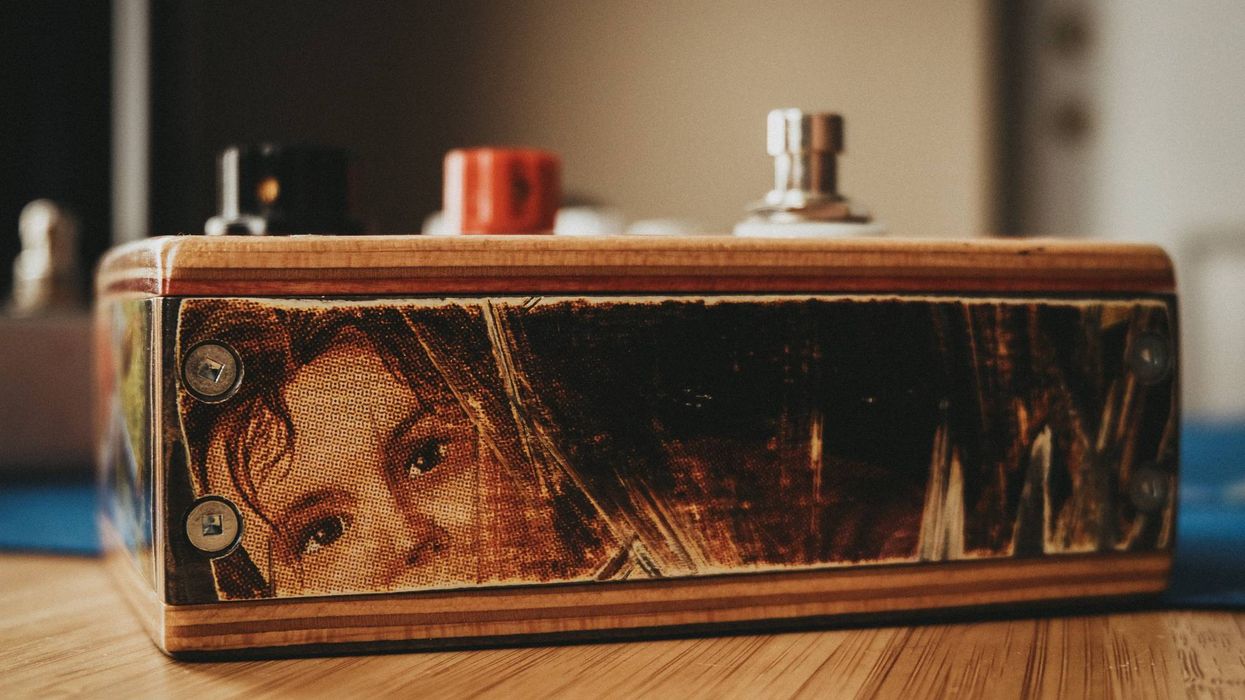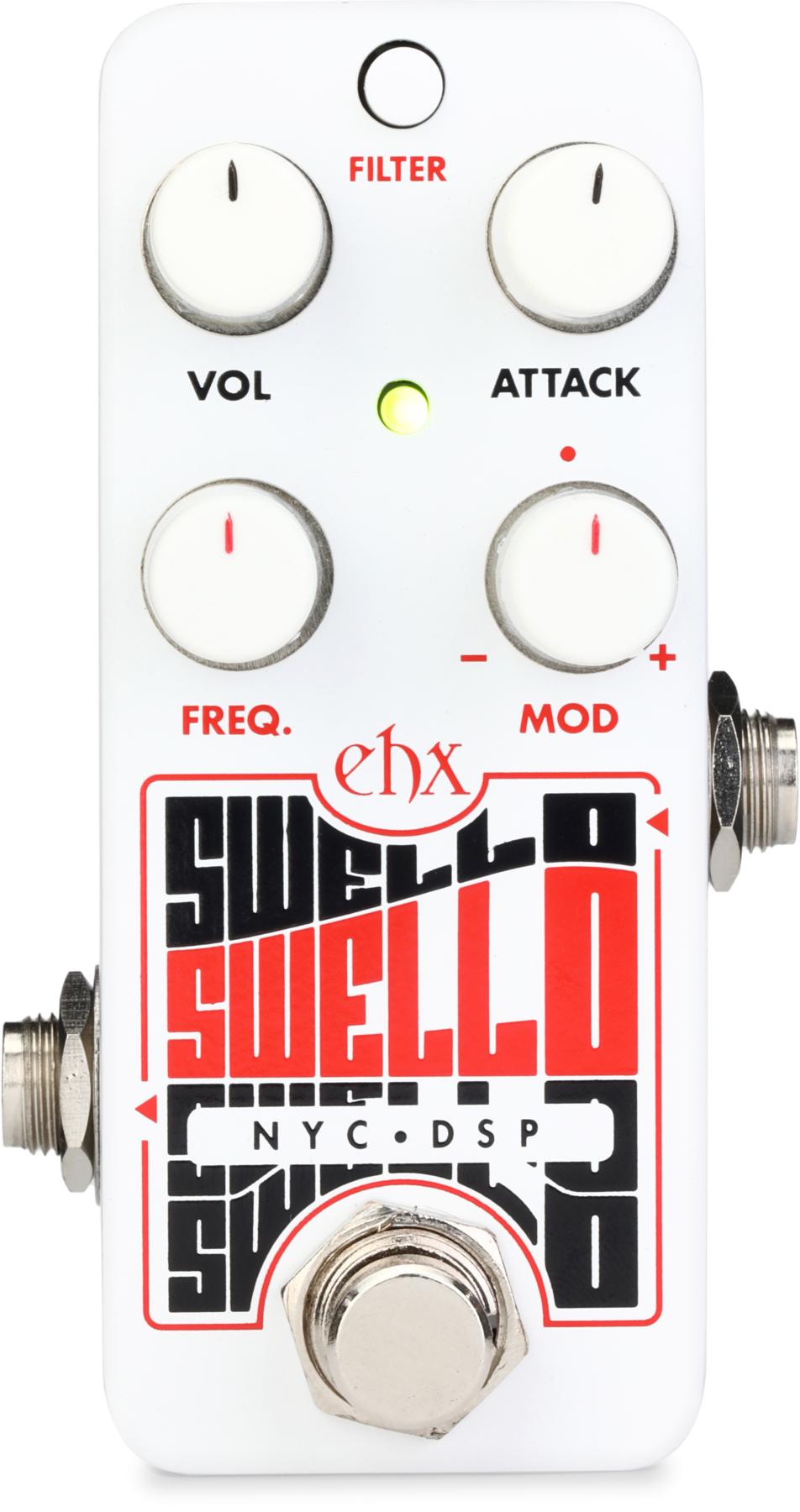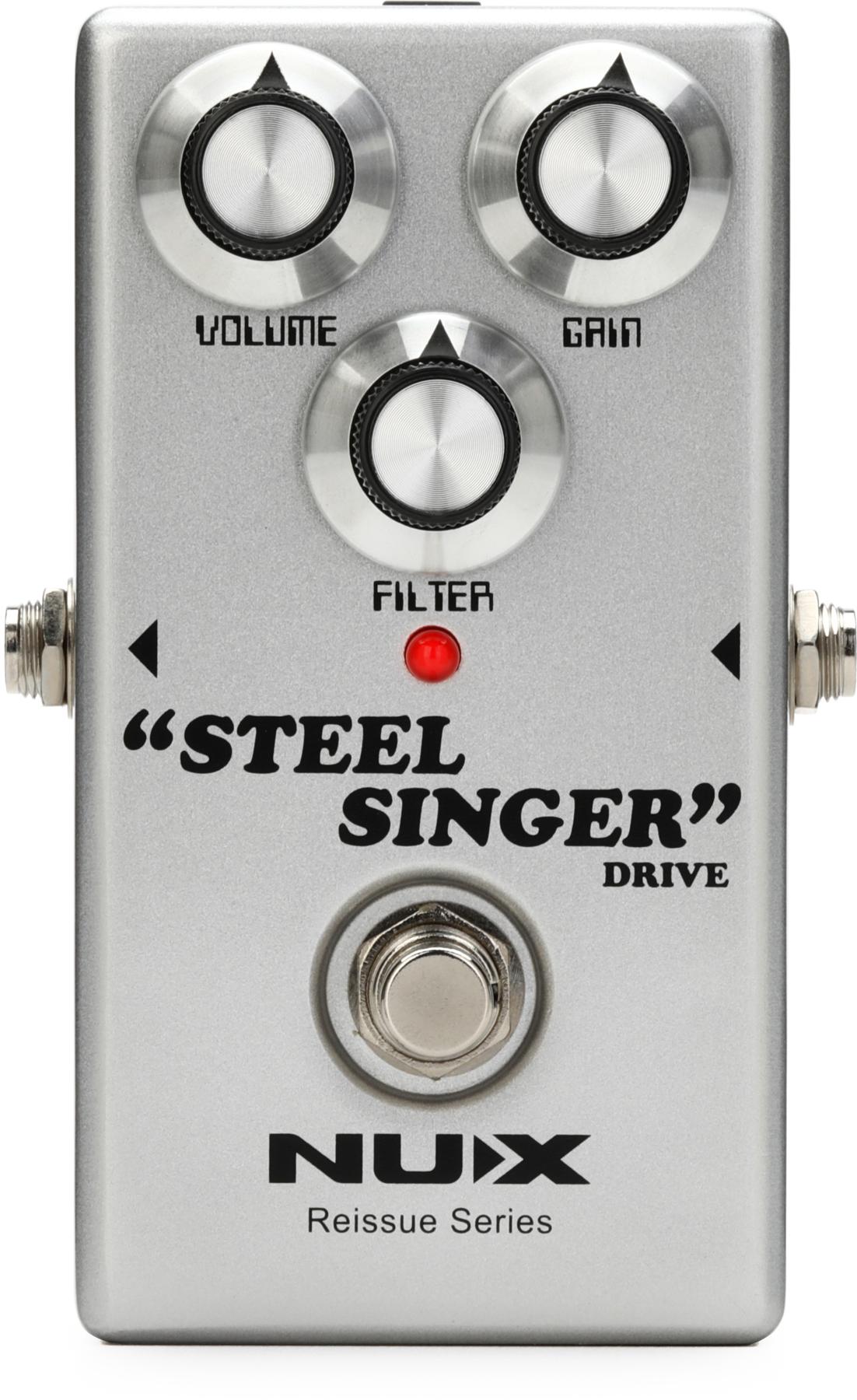Mythical, magical, mysterious … overrated? Whatever praises or criticisms you slather on the original Klon Centaur overdrive, there's no denying the way it captured the imagination of thousands of guitarists—and inspired underwhelmed observers to question why originals are worth several thousand dollars.
While exploring the intricacies and now-numerous variations of the famously transparent and dynamic Klon, Aric Bandy of Minneapolis stumbled on a circuit from China that he found particularly accurate. He decided to market it for sale in the U.S. as the 76Owl Owldrive. And it captures many of the most essential sonic qualities that define the Klon mystique, while delivering a little more midrange punch in the process.
K-Line Springfield with Strat-style single-coil pickups, into Friedman Mini Dirty Shirley head set to low-gain mode.
Clip 1: Bridge pickup—first pedal off, then with Gain 11 o'clock, Treble noon, Output noon.
Clip 2: Bridge pickup—first with pedal off, then Gain 3 o'clock, Treble 1 o'clock, Output 11 o'clock. Change to neck pickup near the end for the bluesier riffs.
Night Drive
While not as big as the original, the 4 ½" x 3 ½" x 1 3/8" Owldrive honors the inarguable style of the original Klon, with a metallic-copper finish, three retro radio pointer knobs, and an off-center footswitch. The controls are the same as the Klon, too, right down to the nomenclature: gain, treble, and output. The input, output, and 9V jacks are top mounted, and there is no battery option.
Bandy makes no secret of the fact that the pedal is an import from China, which enables the low $129 price. But while affordably priced, the Owldrive feels robust and is entirely hand-wired using through-hole construction. True-bypass switching is a slight tweak on the original formula.
Our review pedal is No. 9 from an initial run of 100. A second run is already in the works, which will be the same electronically, but feature a few cosmetic updates. And in a very cool gesture of environmental stewardship, 76Owl has partnered with Woodchuck USA to plant a tree for every pedal sold. Each Owldrive will also include a card to geo-locate the planting. Nice!
It exhibits a clarity that shines no matter how much overdrive you ladle on your signal.
Taking Flight
So, is the Owldrive a Klon-worthy klone, or klunker? Klon comparisons and puns aside, it is a super-usable and worthy overdrive. Compared to both affordable and higher-price klones, the Owldrive acquits itself very well. For starters, it exhibits a clarity that shines no matter how much overdrive you ladle on your signal. But it also has a away of enlivening your overall tone at lower gain settings. The latter quality has long made this circuit a favorite always-on tool for goosing an otherwise dull amp, and the Owldrive does this trick exceptionally well. Not surprisingly, it also excels as a near-clean boost—another Klon hallmark.
These low-gain applications made the Klon famous. But it's easy to forget how juicy and thick a good klone can sound in medium-gain overdrive settings. For the most part, the Owldrive nails these tones, too—especially when you crank the gain knob up to 1 o'clock or beyond. But the Owldrive's slightly accentuated midrange adds a little more grunt at these settings than an original or more accurately scooped klone might. Some of the extra oomph comes at the expense of the sonic lushness and sparkle dust that lives in the more pronounced, detailed high-end output of an original. To many ears, however, the extra muscularity will be an advantage in a hard-rocking environment.
The Verdict
The 76Owl Owldrive is a fine homage to a classic. And at just $129, it's certainly one of the best values in the klone category. Klon purists may quibble about the extra midrange punch and how it can obscure some high-end detail. But for any player who ever wanted to bridge the gap between a Klon's sweetness and a TS9's midrange heft, the Owldrive is an enticing option.





















